Which kind of snorkel is best for you?
This article is Part 3 of my epic series on buying your own mask and snorkel for your next snorkeling trip! In this part, you’ll learn how to choose a snorkel.
- (You’re here!) Part 3: How to decide if you should get a classic, semi-dry, or dry snorkel, plus recommendations for each type
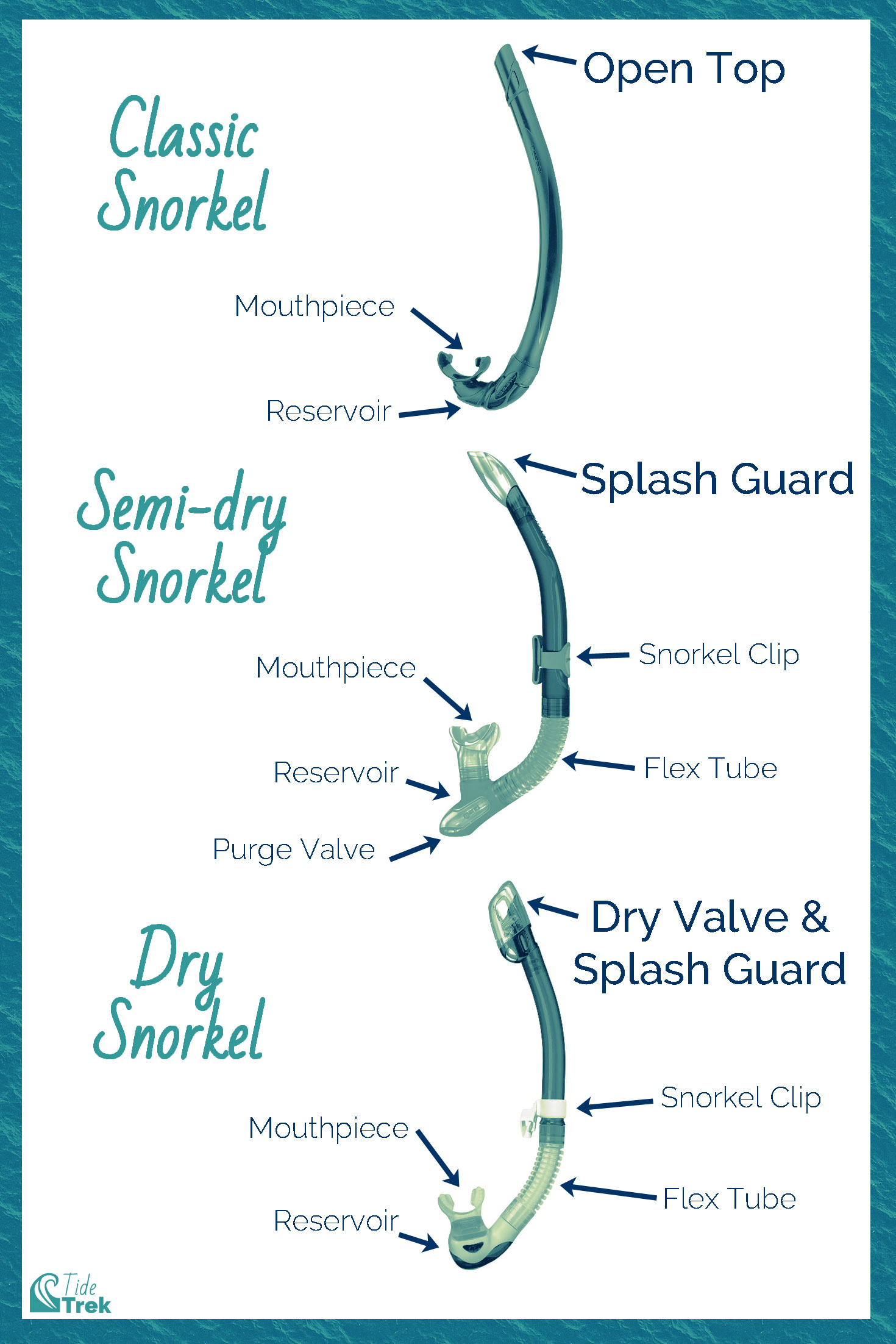
How to choose a snorkel
Snorkels come in three broad types: Classic snorkels, semi-dry snorkels, and dry snorkels.
The classic snorkel is a minimalist
A classic snorkel is the simplest kind. In its most minimal form, a classic snorkel is only a silicone mouthpiece solidly attached to a tube. Though simple, a well-designed classic snorkel will have a rotating mouthpiece that can adjust to your jaw. The mouthpiece itself will be made of softer silicone that feels comfortable in your mouth. Some classic snorkels will also have a flexible tube and a purge valve, though these features are more common on dry and semi-dry snorkels.
What is a semi-dry snorkel?
A semi-dry snorkel has a splash guard at the top of the tube. The splash guard shunts water from waves and spray away from the opening. The most reliable splash guards do this with simple slits and channels, and don’t involve any mechanical moving parts. Moving bits of plastic are prone to jamming with sand and debris. This will make your splash guard ineffective at best, and block your air intake at worst. Thankfully, designs like this have fallen out of favor in recent years!
What is a dry snorkel?
A dry snorkel has a special mechanism called a float valve in the tube of the snorkel. The float valve seals the snorkel tube only if it becomes completely submerged, say if you take a dive or a large wave rolls over you. This feature means you won’t ever have to clear the snorkel tube. That makes dry snorkels a popular choice for beginners and anyone who has difficulty with clearing technique. Most dry snorkels will also have a splash guard to deal with water spray when not fully submerged.
Related Post: How a Dry Snorkel Works (With Diagrams!)
Should you choose a dry snorkel?
Dry snorkels are the ideal choice for beginners and anyone who has trouble clearing the snorkel when it fills with water. Many seasoned snorkelers also prefer dry snorkels due to their comfort and ease of use. The major downside of a dry snorkel is that even the best float valves can occasionally jam. For some folks, the comfort of the dry snorkel outweighs this occasional inconvenience. Others may find it annoying and not worth the cost. Additionally, in choppier conditions, a properly functioning dry snorkel can seal frequently. Some snorkelers will find the repeated interruptions to their breathing cumbersome.
However, I wouldn’t advise a dry snorkel for anyone wanting to use it for SCUBA or freediving. Because they seal the air inside them when submerged, dry snorkels will be far more buoyant underwater than classic or semi-dry snorkels. Not only can this buoyancy add extra drag to your swimming, but it can also cause the snorkel to tug on your mask strap in an awkward manner. This tugging may even cause leaks by breaking the skirt seal.
Lastly, dry snorkels are also more expensive. If you’re comfortable with tube clearing (or want to learn how), a semi-dry or a classic will be a more economical option for you.
Now at this point, you might be thinking, “With drys and semi-drys out there, why would I ever choose a plain old classic snorkel?”
It’s a fair question! Given the comfort advantages of dry and semi-dry snorkels, they are indeed far more popular than classic snorkels. Like diving masks, however, the more complex features add not only to the cost of the snorkel but its size and weight as well.
For little small-face me, once again I’ve found the perfect fit with a minimalist design! Okay, I also do actually like minimalism for aesthetic reasons, but in this case it’s pure comfort. As much as I enjoy having less water get into my tube, my jaw just gets too darn sore when I wear long or heavy snorkels laden with fancy splash guards and float valves. Perhaps I haven’t found the perfect fit for me yet, so I’ll keep trying out new snorkels when I can afford it. But for now, my simple Cressi Corsica remains my best friend.
So, if you’re comfortable clearing the snorkel tube, and have found most snorkels feel cumbersome, you might want to try a simple classic snorkel!
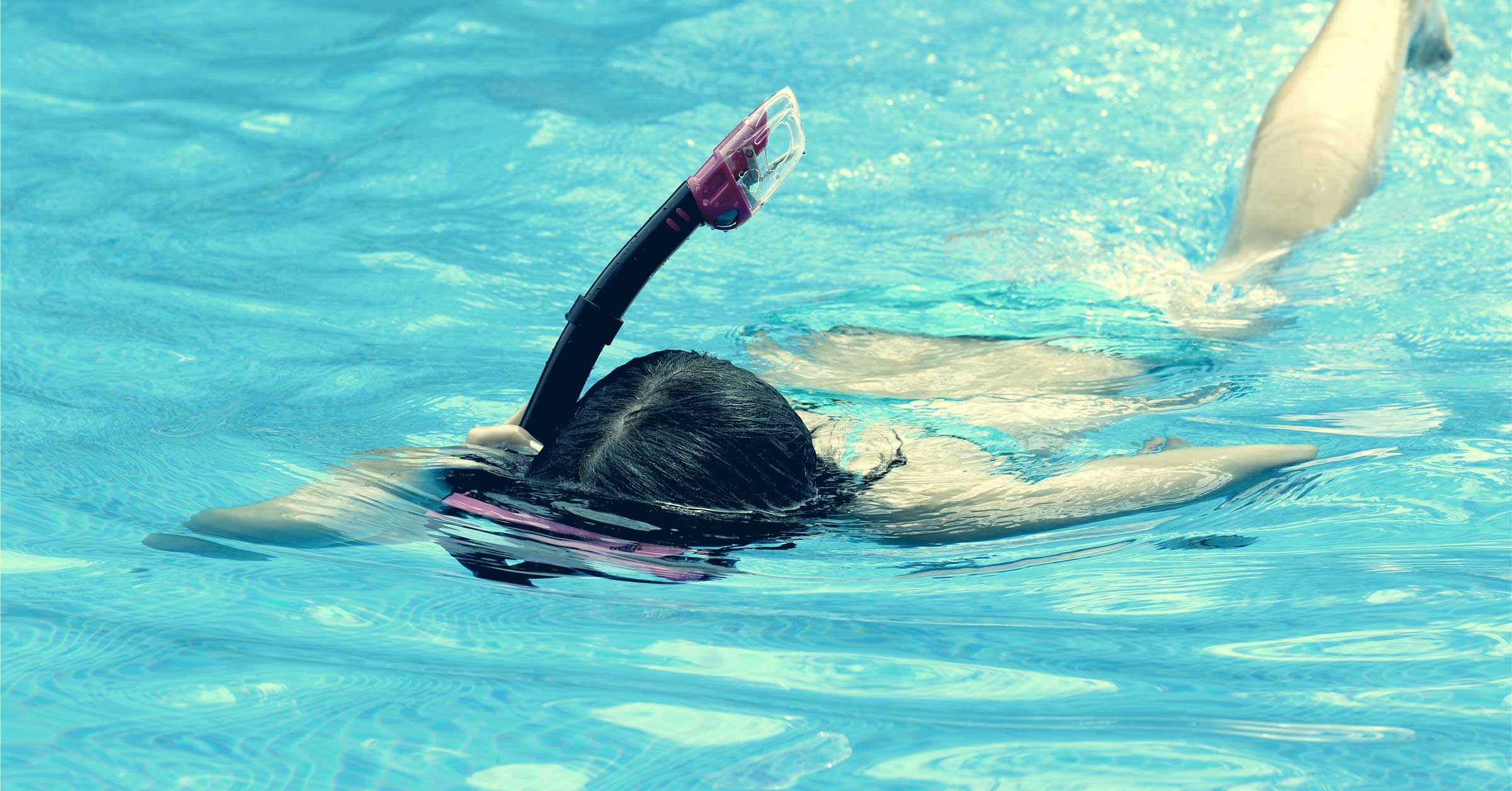


Other snorkel features to consider
Flex tube
Most dry and semi-dry snorkels will have a flexible tube, but even some classic snorkels have them too. The main advantage of flex tubes is that they give you the most freedom to adjust the positioning of the mouthpiece, which makes for a more comfortable fit. The mouthpiece will also fall away from your face when it’s not in your mouth. Some folks appreciate this, while others may find the dangling mouthpiece annoying. The only case where a flex tube is a must-have is if you’re using the snorkel during SCUBA activity. In this case, you’ll need the mouthpiece out of your way when using your regulator.
Purge valve
Most dry and semi-dry snorkels have a purge valve, and some classic snorkels can have them as well. On these snorkels, there is a reservoir below the mouthpiece where excess water can collect. The bottom of the reservoir has a soft silicone valve that will open when you forcefully exhale to clear the tube. This valve makes tube clearing easier because you don’t have to force all the water out the top of the tube.
Tube diameter
As a general rule, larger snorkels work well with larger people and vice versa. Longer, thicker snorkels hold a greater volume of air than shorter, skinnier snorkels. To breathe properly, the snorkeler must be able to fully exchange the air in the whole tube. So, a bigger snorkel means the snorkeler should have the lung capacity to match. The danger of using a snorkel that’s too big for you is that you’ll be inhaling at least some air that you just exhaled each ventilation cycle. That means getting too much carbon dioxide and not enough oxygen. You may feel dizzy, confused, short-of-breath, and fatigued! It’s best to take long, deep breaths when snorkeling anyways, which will decrease the risk of this problem.
Fit with your mask
Make sure you try on your snorkel mask with the snorkel attached to see how they fit on your face together!
- Does the snorkel interfere with the mask’s placement on your face?
- Does it break the skirt seal? If so it might be too heavy for your mask.
- Does the snorkel mouthpiece fit in your mouth without tugging on your lips?
- Is the mouthpiece soft and not too big or small for your mouth?
- Can you hold the mouthpiece in place with minimal effort from your jaw and lips?
Try adjusting the position of the snorkel on your mask to determine if these issues can be resolved. You don’t want your jaw and lips to get tired quickly when you’re using the snorkel!
Recommended snorkels
Dry snorkels
1. Cressi Supernova Dry Snorkel
- Price category: Budget $
- Mouthpiece: Stiffer silicone than other models; suitable for smaller mouths; replaceable
- Flex tube: Yes
- Purge valve: Yes
- Color options: Black or Clear, each in a variety of color accents
- Special features: Quick-release mask attachment clip
- Other notes: Dry valve may jam in sandy water
2. Oceanic Ultra-Dry Snorkel
- Price category: Standard $$
- Mouthpiece: Soft bite tabs; suitable for larger mouths; replaceable
- Flex tube: Yes
- Purge valve: Yes
- Color options: Black with yellow accents
- Special features: Quick-release mask attachment clip
- Other notes: Wide tube diameter is bulkier than other models but suitable for larger lungs; splash guard may occasionally pop off
3. TUSA Hyperdry Elite II Snorkel
- Price category: Standard $$
- Mouthpiece: Swivels for extra comfort; suitable for smaller mouths; replaceable
- Flex tube: Yes
- Purge valve: Yes
- Color options: Black and White, each in a variety of color accents
- Special features: Swivel mask attachment clip
- Other notes: Narrower tube, small mouthpiece, and rounded reservoir result in a more hydrodynamic design than other models
Semi-dry snorkels
1. Mares Ergo Splash Snorkel
- Price category: Budget $
- Mouthpiece: Suitable for larger mouths; replaceable
- Flex tube: Yes
- Purge valve: Yes; larger reservoir
- Color options: Black, Clear with a variety of colored tubes
- Special features: Snorkel keeper can slide off the snorkel for easy mask detachment
- Other notes: Wider tube diameter
2. Aqua Lung Impulse 3 Snorkel
- Price category: Standard $$
- Mouthpiece: Soft mouthpiece with wide, comfortable bite tabs; replaceable and comes in a smaller size
- Flex tube: Models available both with and without, mouthpiece swivels on the no-flex model
- Purge valve: Yes; larger reservoir
- Color options: A variety of solid, opaque colors with black accents
- Special features: Exceptional splash guard feels like a dry snorkel when not submerged
- Other notes: Purge valve is very easy to clear, a good choice for beginners who don’t want a dry snorkel; might be too bulky on small faces
3. TUSA Platina II Hyperdry Snorkel
- Price category: Standard $$
- Mouthpiece: Swivels for extra comfort; suitable for smaller mouths; replaceable
- Flex tube: Yes
- Purge valve: Yes
- Color options: Black and Clear, each with a variety of colored tubes and accents
- Special features: Hyperdry splash guard uses a specially designed escape channel to shunt water away from the main tube; swivel mask attachment clip
- Other notes: Narrower tube, small mouthpiece, and rounded reservoir result in a more hydrodynamic design than other models
Classic snorkels
1. Mares Ergo Flex Snorkel
- Price category: Budget $
- Mouthpiece: Suitable for larger mouths; replaceable
- Flex tube: Yes
- Purge valve: Yes; larger reservoir
- Color options: Black, Clear with a variety of colored tubes
- Special features: Snorkel keeper can slide off the snorkel for easy mask detachment
- Other notes: Wider tube diameter
2. Cressi Freediving Corsica Snorkel
- Price category: Budget $
- Mouthpiece: Soft, suitable for smaller mouths
- Flex tube: No, but mouthpiece is rotatable
- Purge valve: No
- Color options: Black, A variety of solid and camo colors
- Special features: Tube is made from flexible polymers that allow bending and folding (into a belt or pocket)
- Other notes: Narrow tube diameter and small profile results in a light and hydrodynamic design; suitable for freediving and spearfishing; snorkel clip is difficult to use and can slip off your mask strap
3. Omer Sub Zoom Snorkel
- Price category: Budget $
- Mouthpiece: Suitable for smaller mouths
- Flex tube: No, but mouthpiece is rotatable
- Purge valve: No
- Color options: Black, Camo Black, Camo Brown, Clear
- Special features: Tube is made from flexible polymers that allow bending and folding (into a belt or pocket)
- Other notes: Small profile results in a light and hydrodynamic design; suitable for freediving and spearfishing; silicone in the mouthpiece is stiffer than other models; snorkel keeper is very tight on the snorkel tube, making it difficult to move
Tip: Because many snorkels feature mouthpieces that have a standard size across models, they can be easily replaced if you eventually chew through the bite tabs!
Useful accessories for your mask and snorkel
While you’re shopping for your new mask and snorkel, here are a few other important items to be on the lookout for!
Diving mask anti-fog
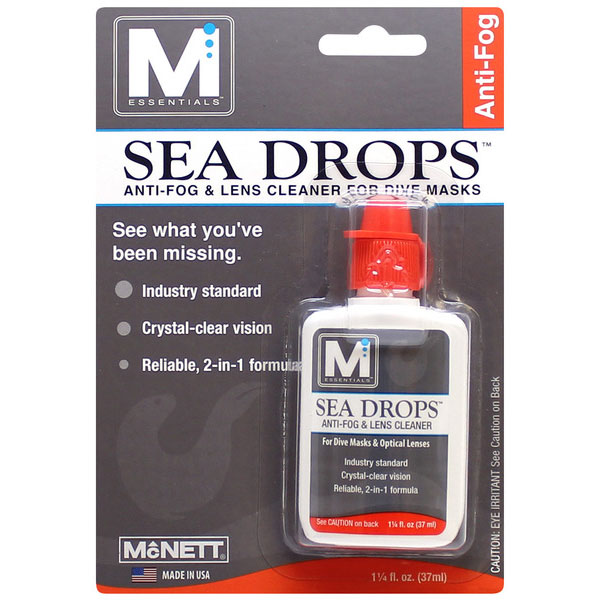


Yes, you can use your own spit in a pinch, but if you’d rather not hork one up in front of your friends (I’m sure they’d rather you didn’t either) then get yourself some anti-fog. Saliva can also encourage bacterial growth in your mask, which will eventually degrade the seal between the lenses and the frame or skirt. The dive shop I used to go to near my old house would throw in complementary Sea Drops when I bought stuff there, so I’ve just been using them ever since.
Ideally, you only need to apply the anti-fog right before putting your mask on. Smear it over the inside of your mask’s lenses or faceplate, then rinse it off. To minimize fogging, make sure your mask seals properly onto your face, and don’t take it on and off too many times. Repeatedly exposing the inside of your mask to fresh, moist air will increase the condensation build-up on the glass. I’ve found that the Sea Drops can even last over multiple dives without reapplication!
Tip: Your new mask will come with an invisible silicone film on the glass lens. Unless you remove this film, the lens will be resistant to anti-fog!
Snorkel keeper
Most snorkels will come with a plastic clip for attaching the snorkel to your mask. However, this plastic can degrade over time (especially if you’re doing most of your snorkeling in saltwater). That’s why it’s a smart idea to be prepared with a couple of these simple silicone loops in your gear bag. The loops go over your snorkel and you thread your mask strap through the connector. The loops on this one can even be separated for easy snorkel attachment and detachment!
Neoprene strap cover
A strap cover will make your mask strap easier to slide on and off your head, particularly if you have longer hair. If you find your hair gets tangled in your mask strap, then one of these strap covers may help you. However, don’t use a neoprene strap if your head is shaved or you’re wearing a hood. Otherwise, the strap might slip off your head too easily!
Mask and snorkel bag
If you get a mask and snorkel set, it might come with a small bag for carrying your new gear. If it doesn’t, or you bought your mask and snorkel separately, you can still get one for a decent price. A compact mesh mask and snorkel bag is ideal for storing your gear while allowing it to dry.
Additional questions to help you decide on your purchase.
Wow, that was a lot of information if you’re here after all three parts of this series! You’re awesome for going through it all, and I think it’s cool that you care about all these details as much as I do! In case you’re still having trouble deciding what kind of mask and snorkel are right for you, here are a few more questions you can ask yourself:
How comfortable are you in the water?
If the answer is “Not very” then prioritize ease and comfort above all else. You’re brave to be doing something that will challenge you, or even cause you some anxiety. The last thing you need is for your snorkeling gear to be leaky or difficult to use! Definitely go for a dry snorkel and a mask with a large field-of-view!
However, if you cannot swim at all, I strongly advise against snorkeling until you get some basic swimming lessons and pool practice. I know there are lots and lots of people who insist that snorkeling for non-swimmers is okay, but I just can’t get on board with that. Sorry!
How much space do you have in your luggage?
If you’re traveling, and space in your suitcase is at a premium, then you’ll want to opt for simpler, less bulky gear. Go for a classic snorkel and frameless mask if you’re comfortable with them. There are even foldable snorkels, though I’ve never used one. They pack small enough to fit in a pocket! SCUBA divers appreciate having these foldable snorkels as backups, and if they prefer to take their snorkel off underwater.
Tip: Stuff your mask with socks or underwear to help the skirt keep its shape in transit!
Do you want to get better at snorkeling and make it a hobby?
This is a big question. Are you content to be a casual snorkeler, or is this something you want to put some passion into? Maybe even if you’ve never snorkeled before, you’re almost certain that you’ll like it?
When I was a little girl, just 6 years old, my dad gifted me a simple kiddie mask and snorkel on our first family vacation to Disney World. Yeah, the Magic Kingdom, Epcot, and all the other parks were amazing, of course. But simply playing with that mask and snorkel in the hotel pool holds equal emotional weight in my memories. Being able to see and breathe underwater absolutely blew my little mind (even though plain white concrete and other people’s legs were all there was to look at!) I could barely swim, yet I knew this was something I had to keep doing.
For those of us that love being in the water, and who love marine animals and ecosystems, snorkeling is something we can keep coming back to over and over again. We never grow tired of it! I’m guessing if you’ve made it this far, you’re also one of those people.
In that case, you owe it to yourself to invest in a quality mask and snorkel. They may just take you through a lifetime of wondrous underwater adventures!
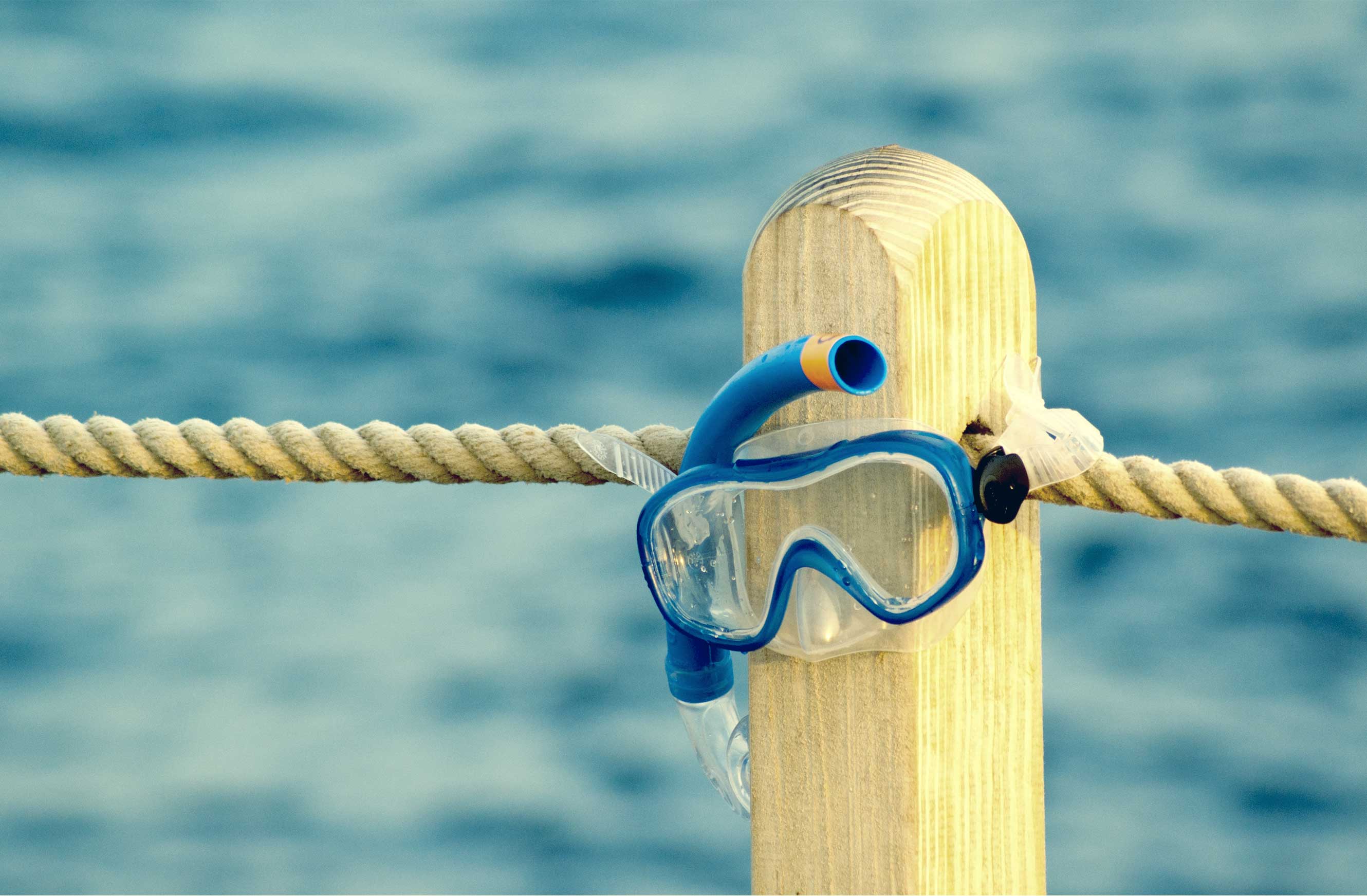


How to choose a mask and snorkel: Take-away points
- Having your own, thoughtfully chosen gear is empowering whether you’re a beginner or a veteran snorkeler
- Buy in advance, not on impulse, from a proper dive shop (on- or offline)
- Stick with masks that have tempered glass lenses and silicone skirts
- Opt for a dry snorkel and a mask with a wide view if you’re a beginner or uncomfortable in the water
- Opt for a low-volume mask and classic snorkel if you’re interested in freediving
Choosing the ideal mask and snorkel can be overwhelming, especially if it’s your first purchase. But following the advice in this guide will lead you to a perfect match. No matter your face shape, personal preferences, and ability-level, there’s something out there for you!
There’s nothing like the feeling of having gear that feels comfortable, familiar, and tailor-made. Transform yourself from a fumbling newbie into a thoughtful novice!
What’s next? You’ll need fins for your snorkeling adventure too, so be sure to check out my post on ideal snorkeling fins for beginners!
Did this guide help you choose a mask and snorkel?
Let me know in the comments what your favorite mask and snorkel are! Also, if you’ve got any stories about gear that didn’t work well for you, I’d like to hear about them if you’re comfortable sharing, especially if it was a problem you were able to solve or otherwise overcome!



Disclaimer: Some of the links used in this article are affiliate links. That means I may get a small commission if you buy a product after following the link. If this guide helped you make a decision, consider it like giving me a little thank you!
If you want to keep updated on the content I produce here at Tide Trek, please consider signing up to my mailing list. At the end of each month I prepare a little round-up newsletter that summarizes new articles I’ve written, and content I’ve curated covering all things water sports (even some cool marine science too!)
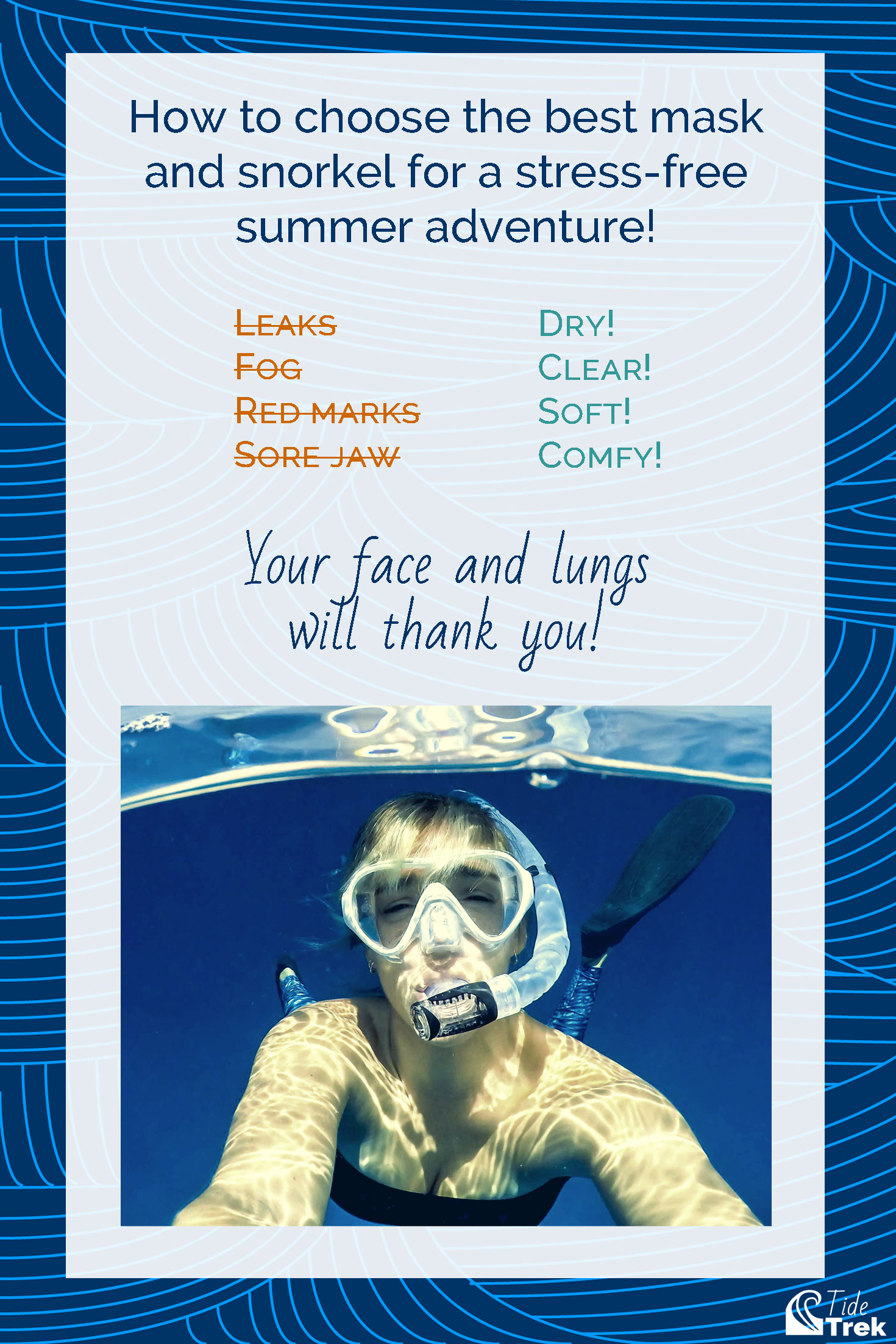


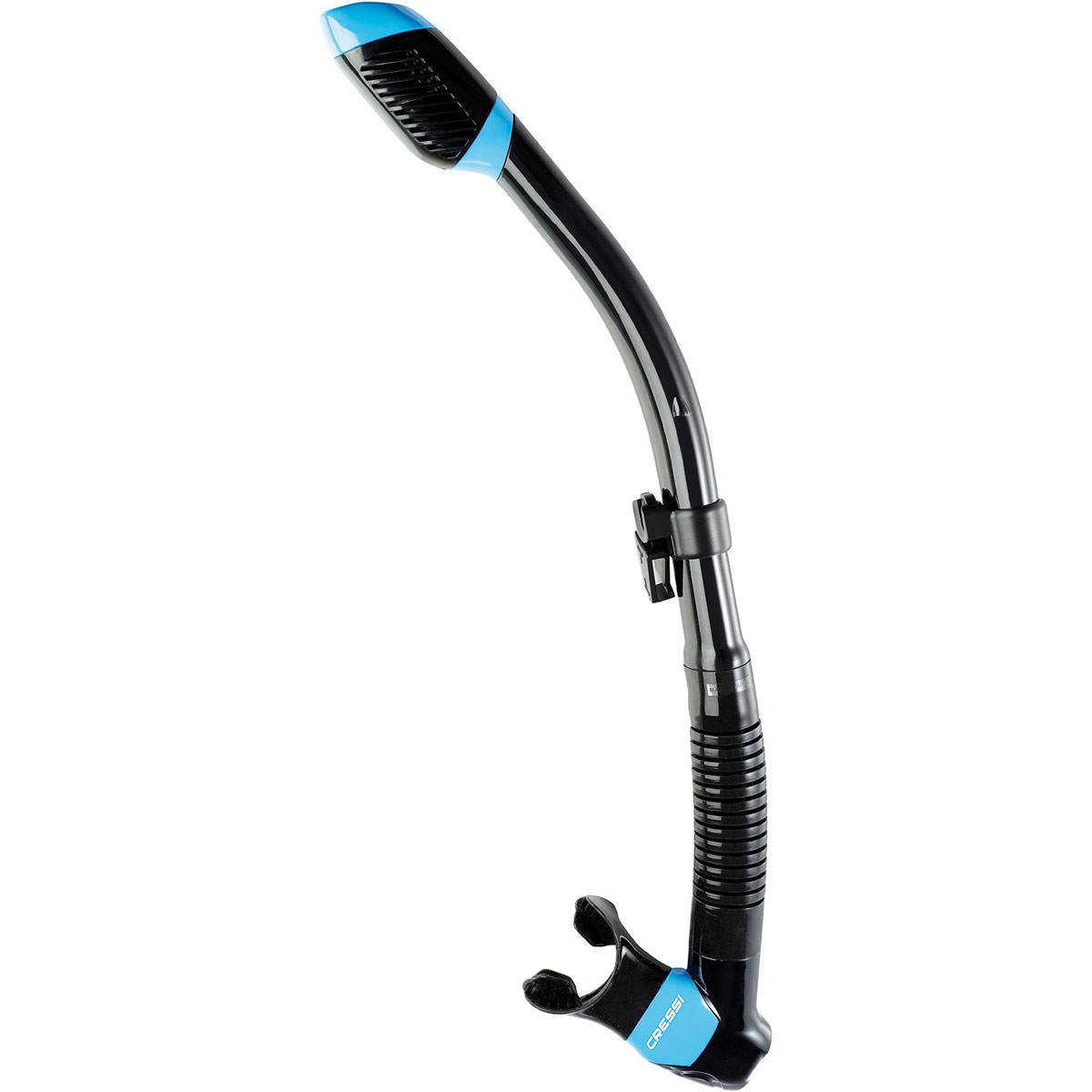
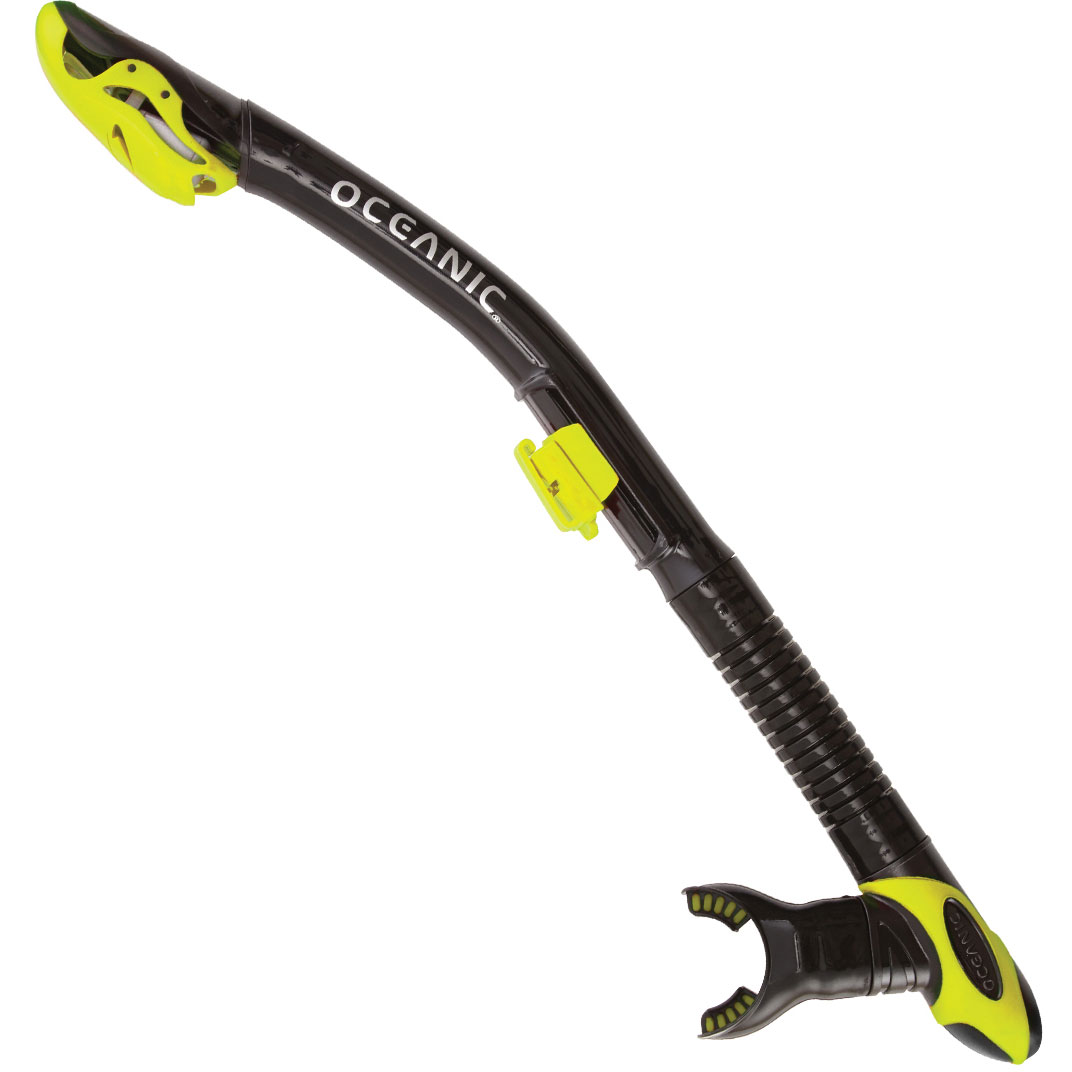
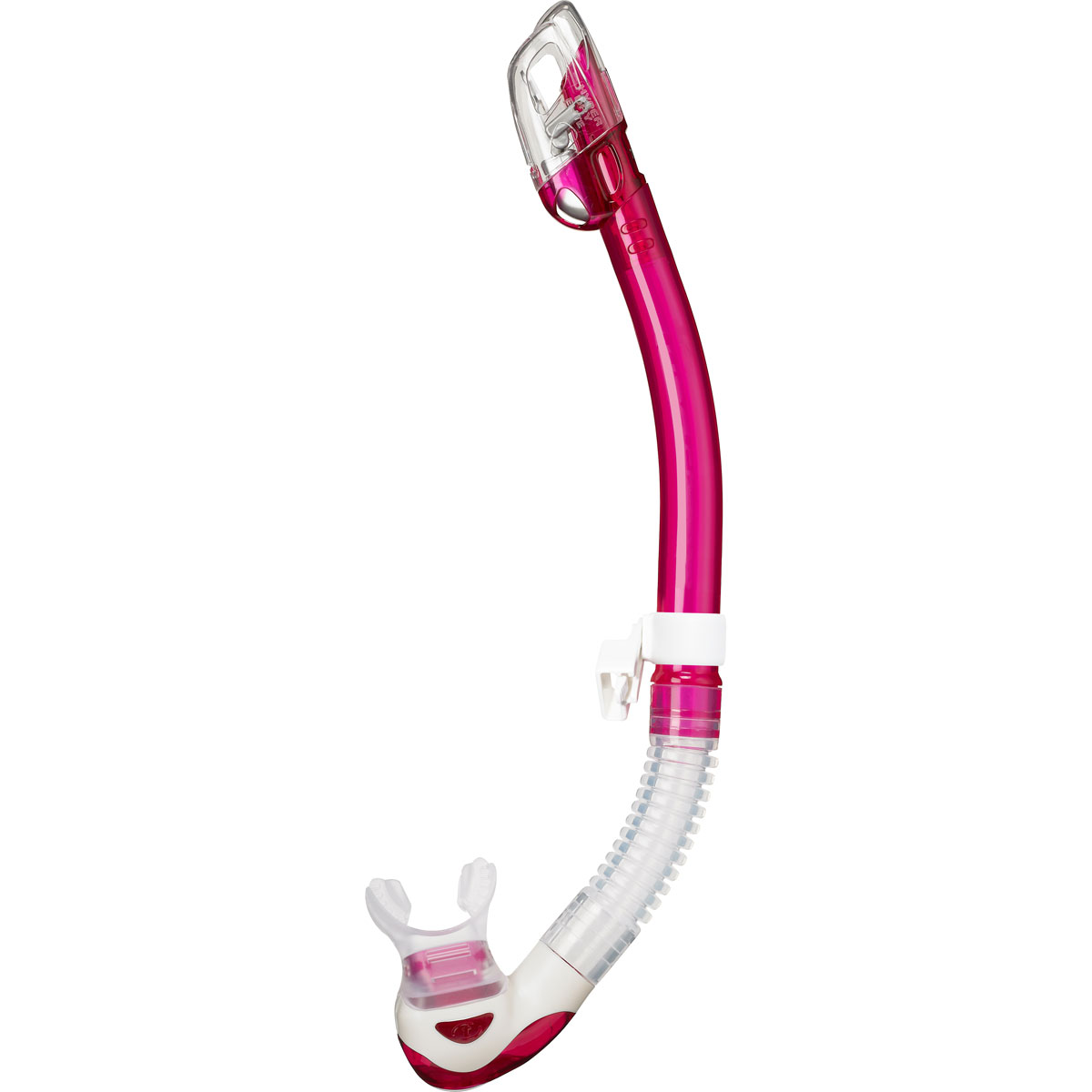
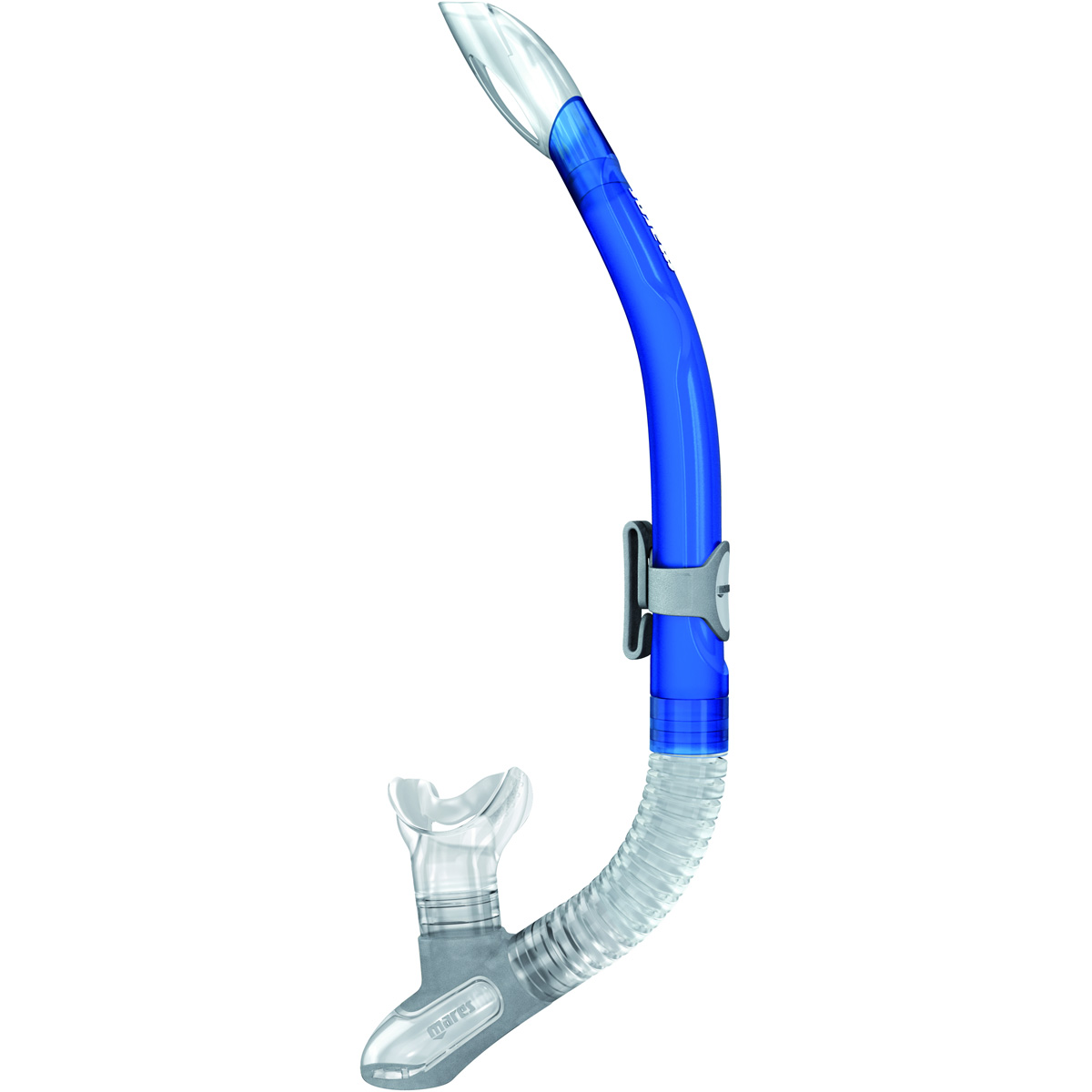
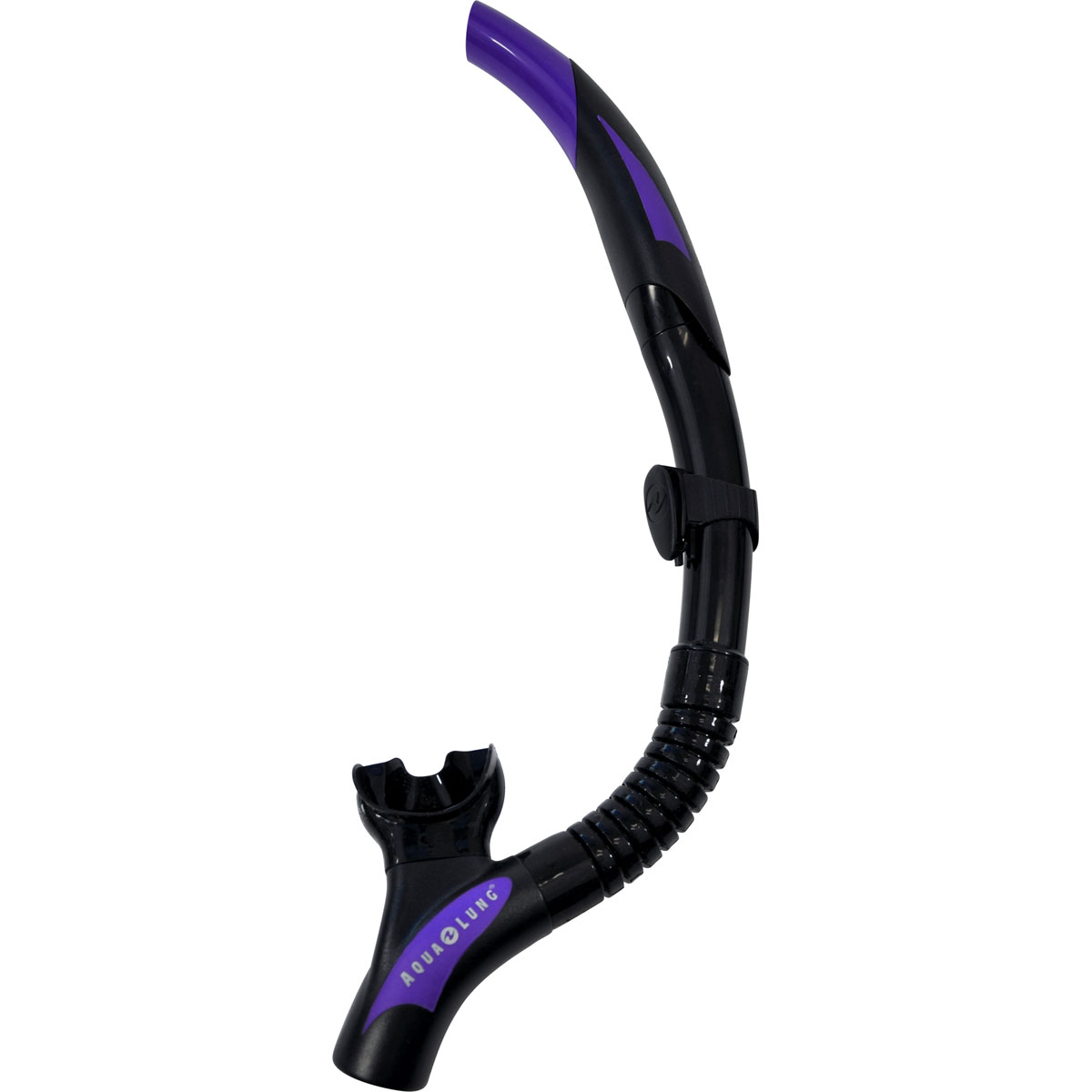
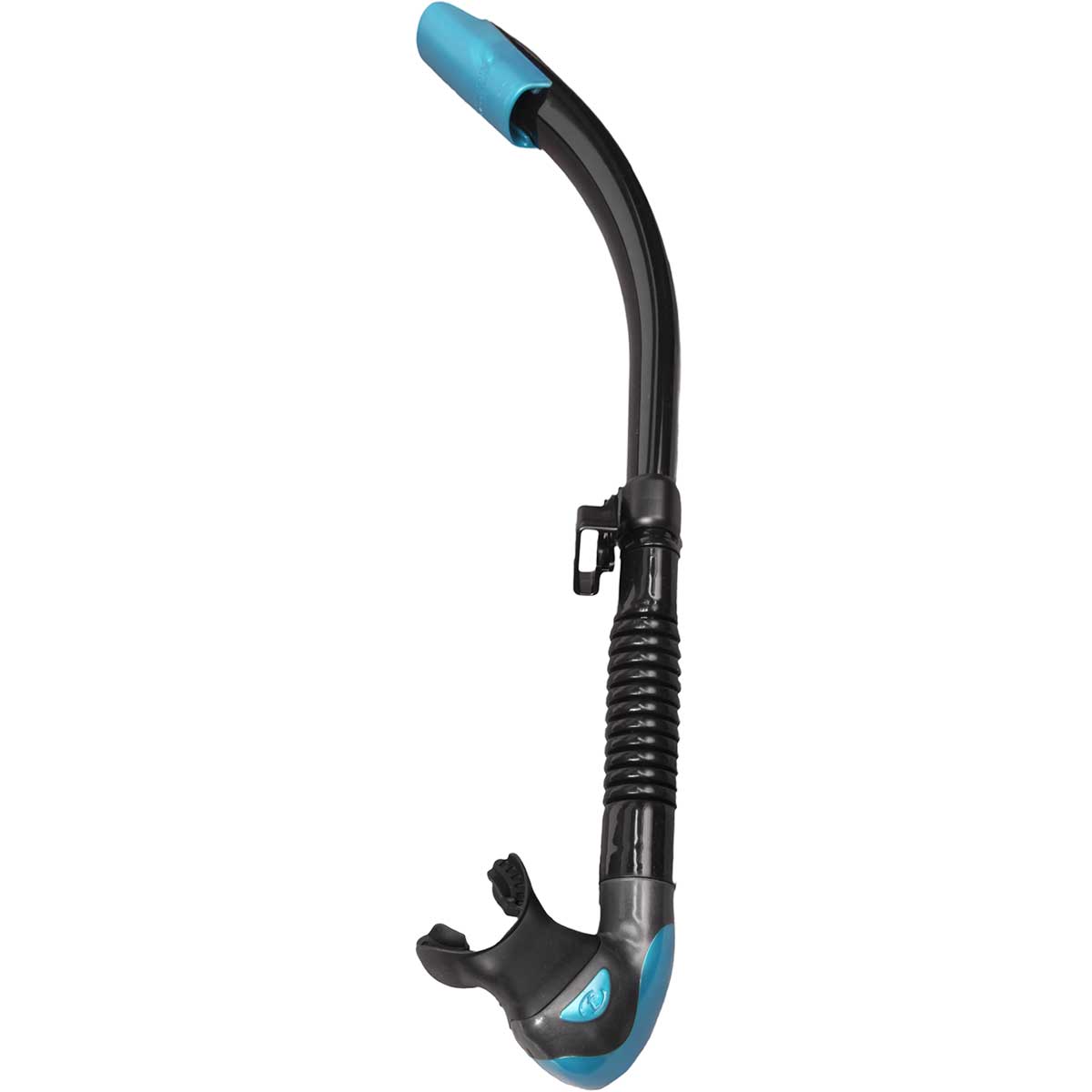
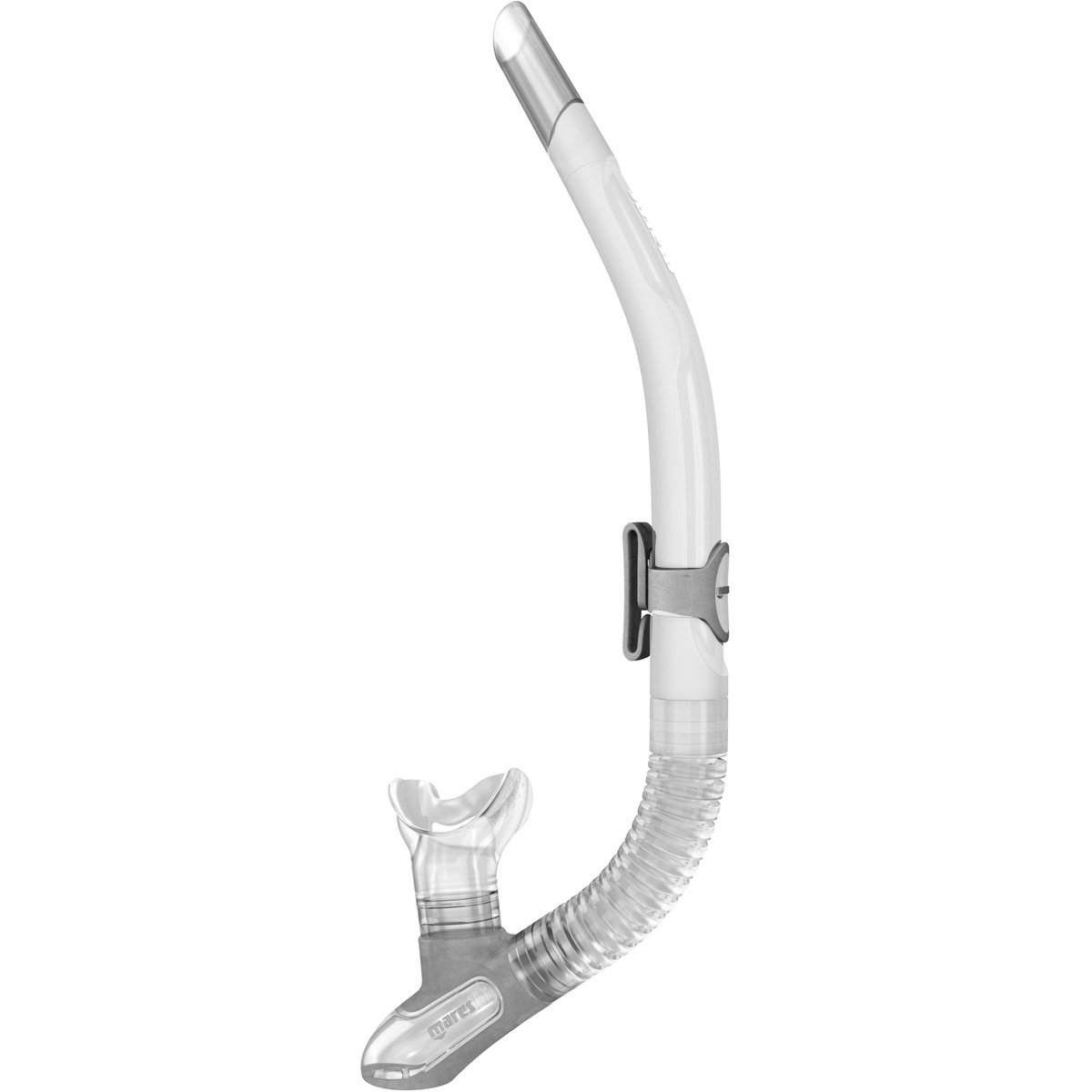
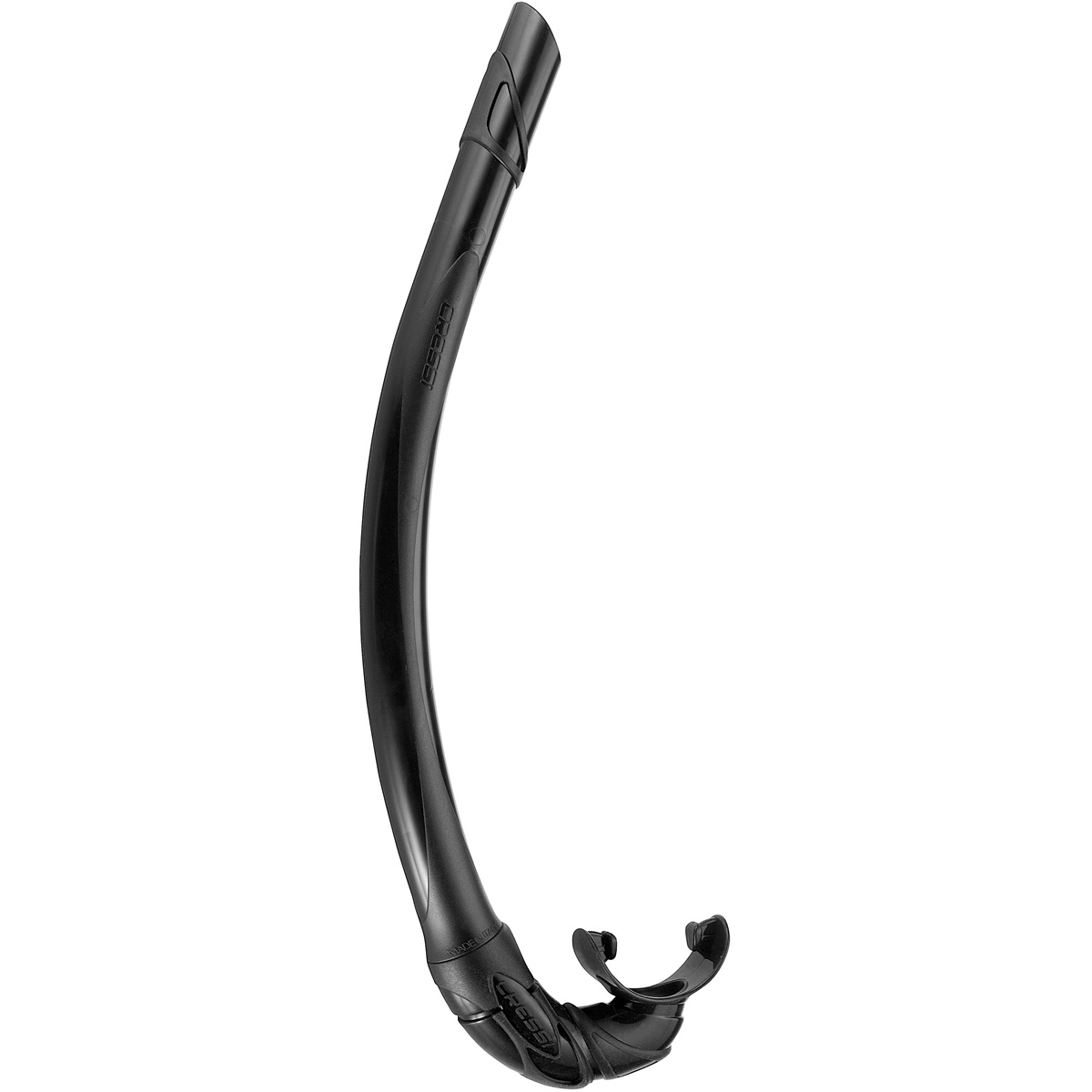
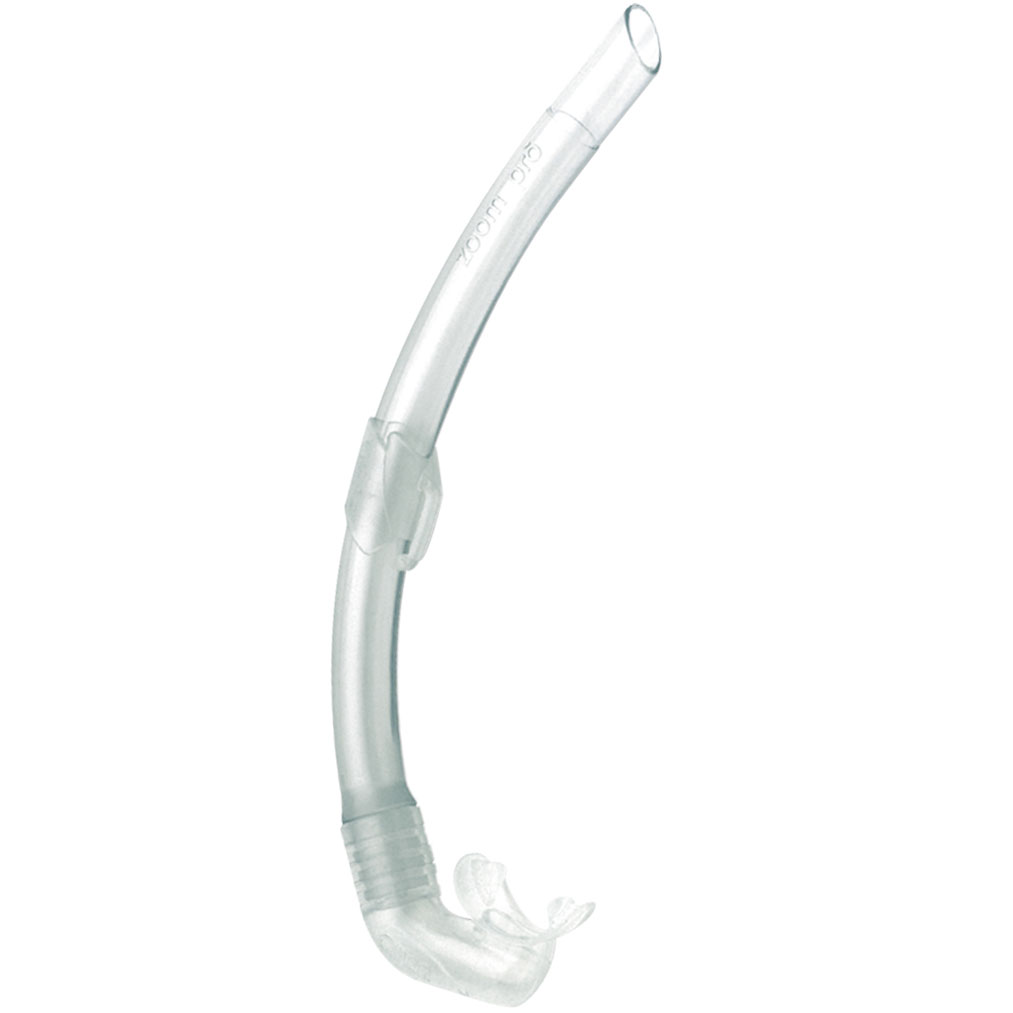
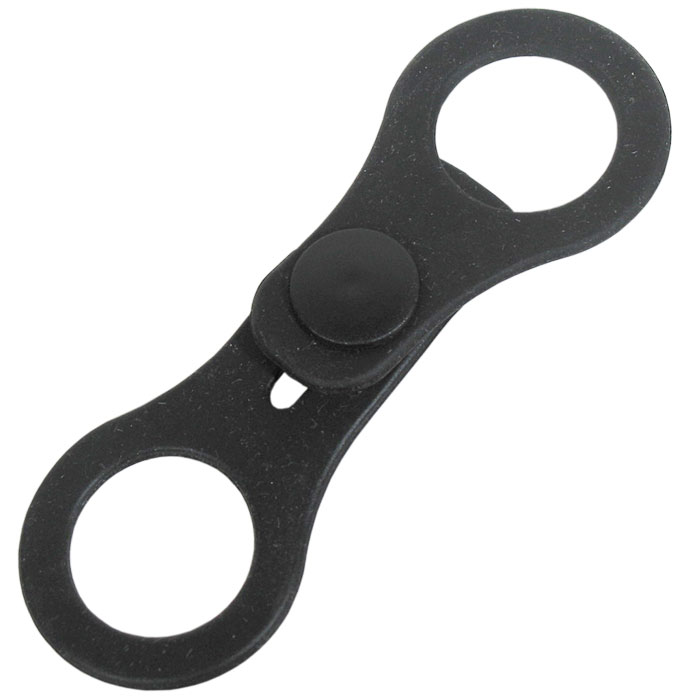
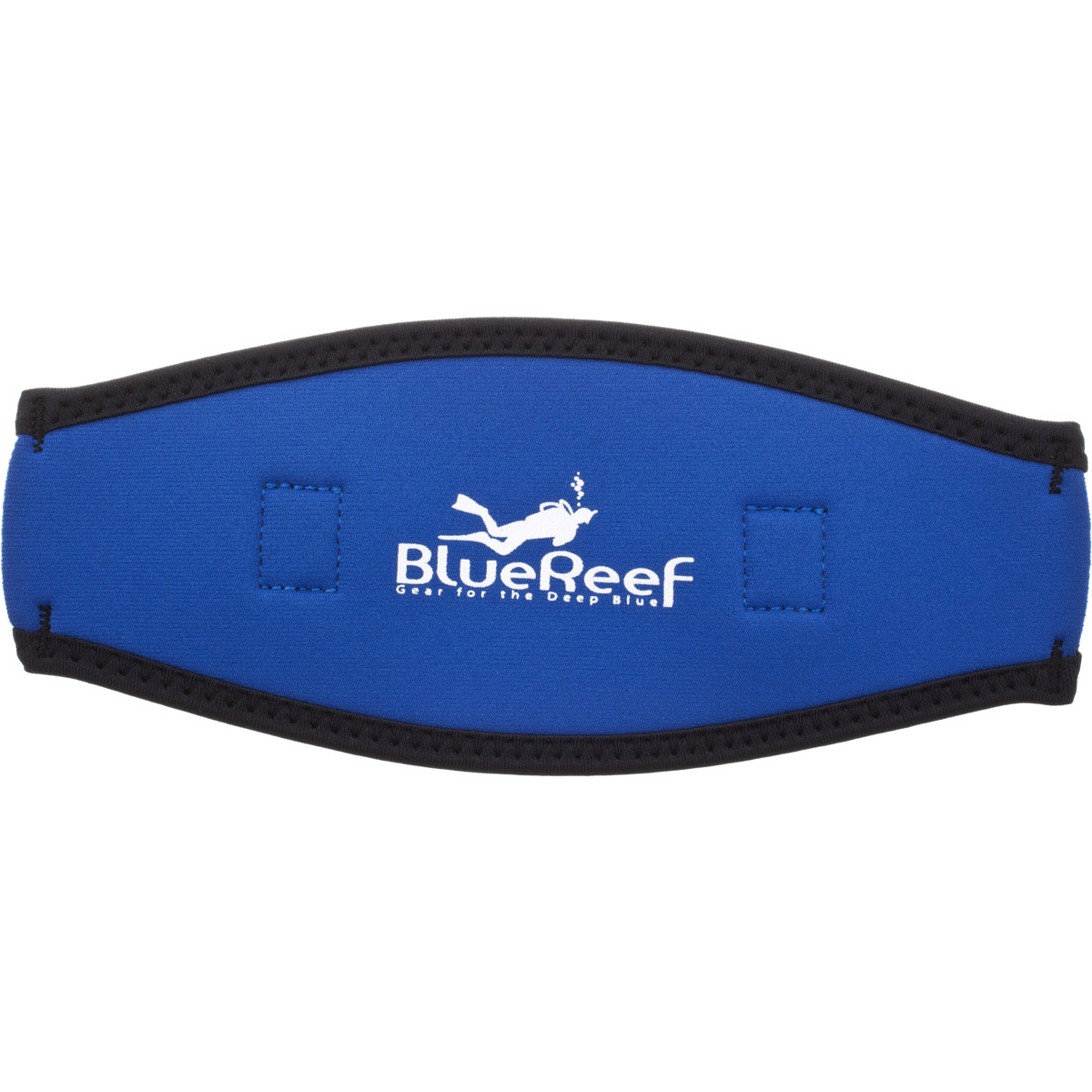
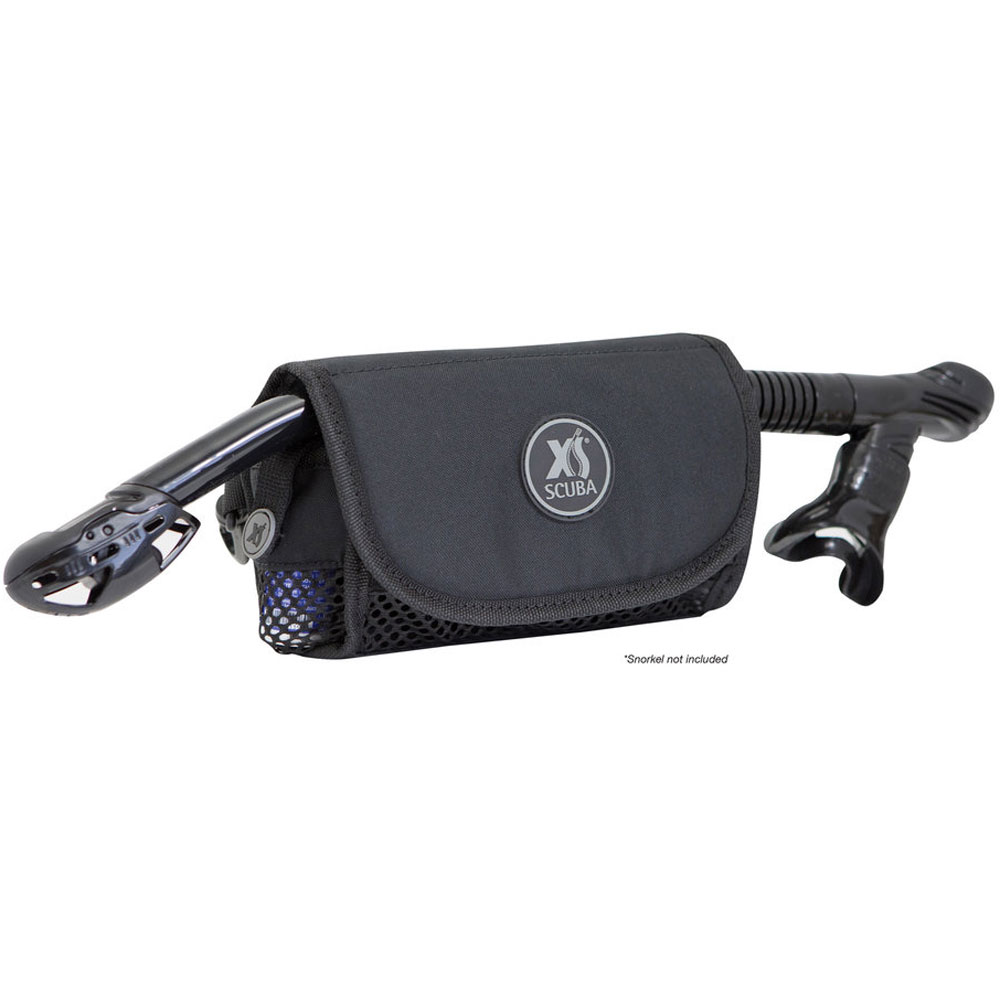
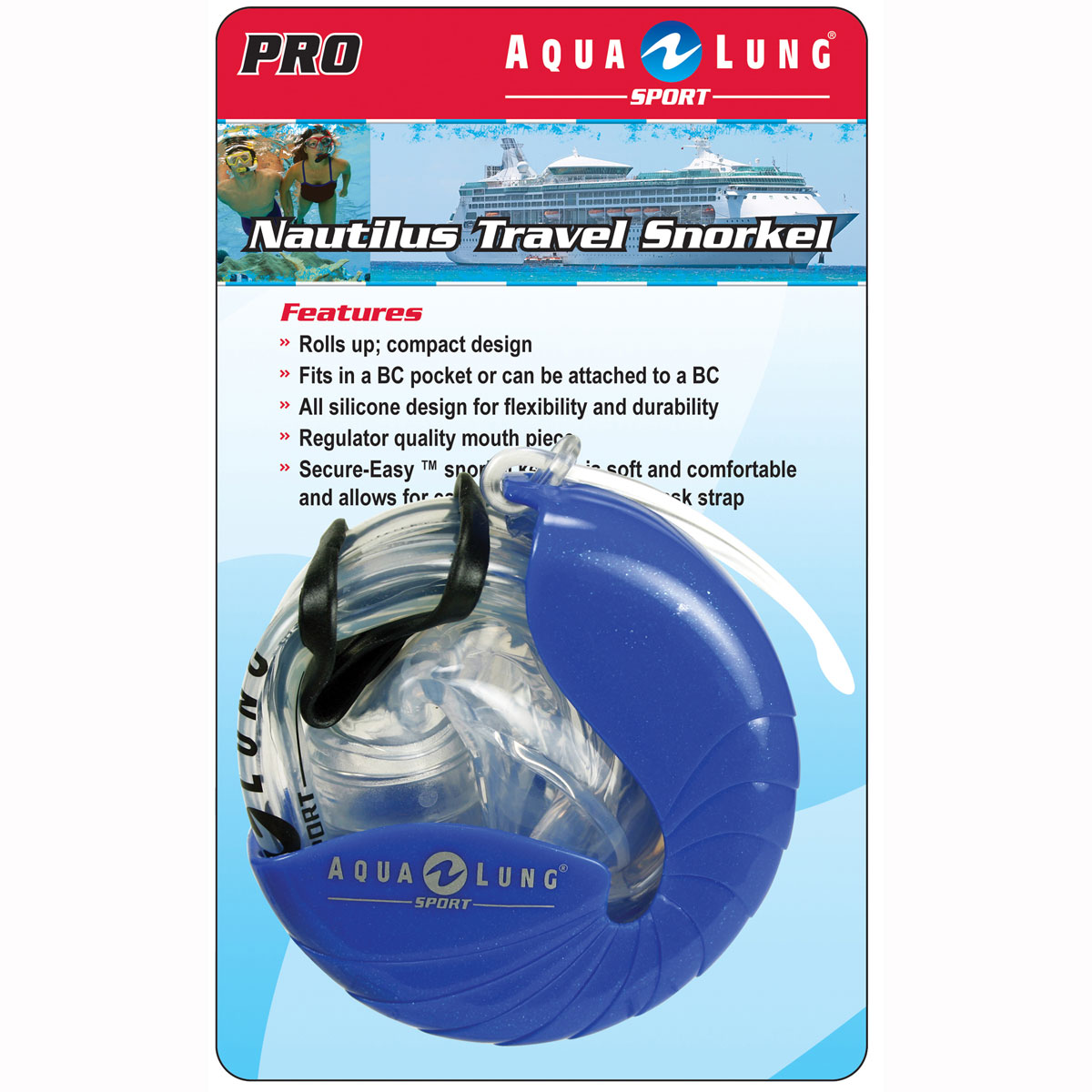
Gray read very informative thank you very much for your effort